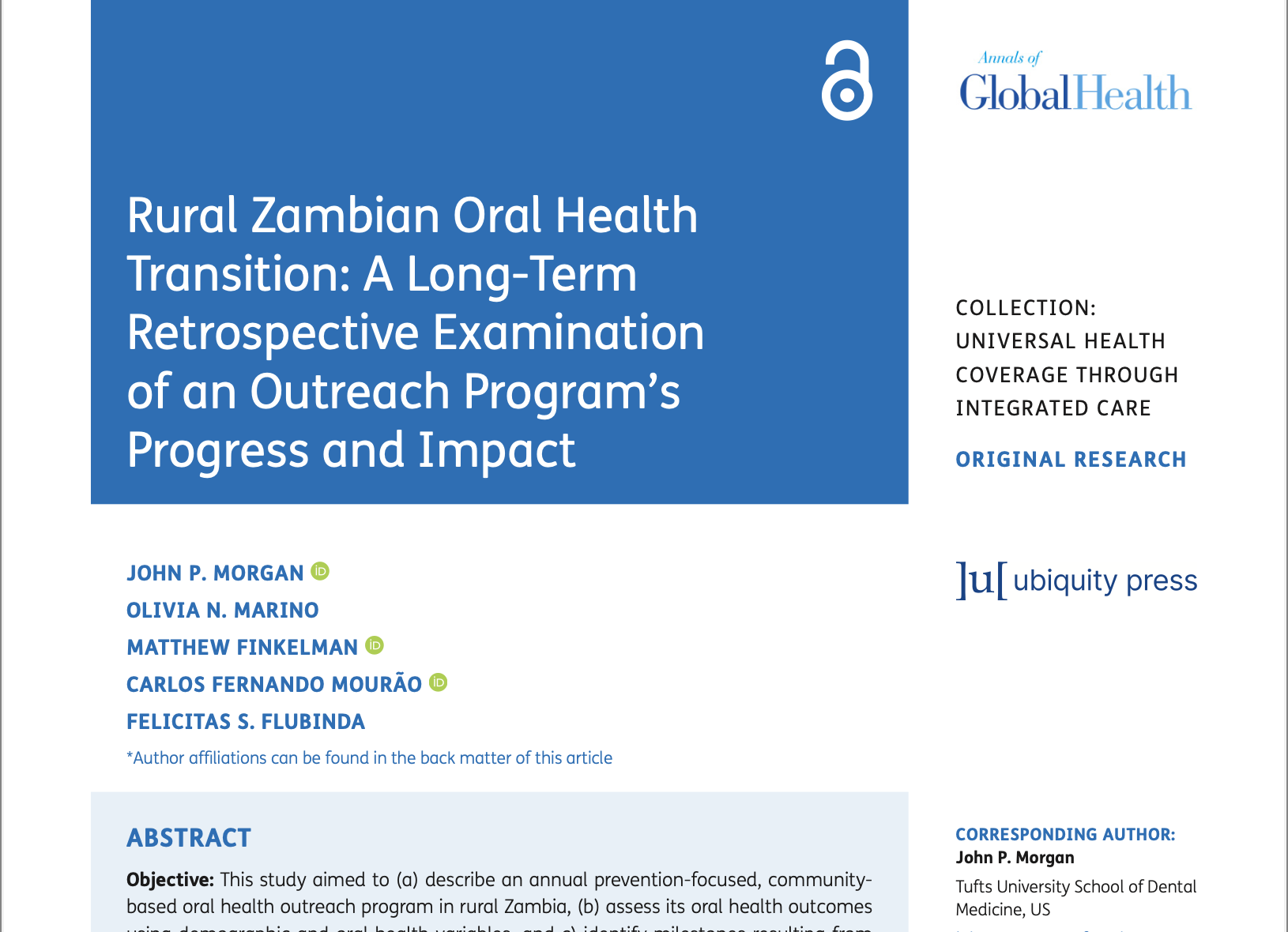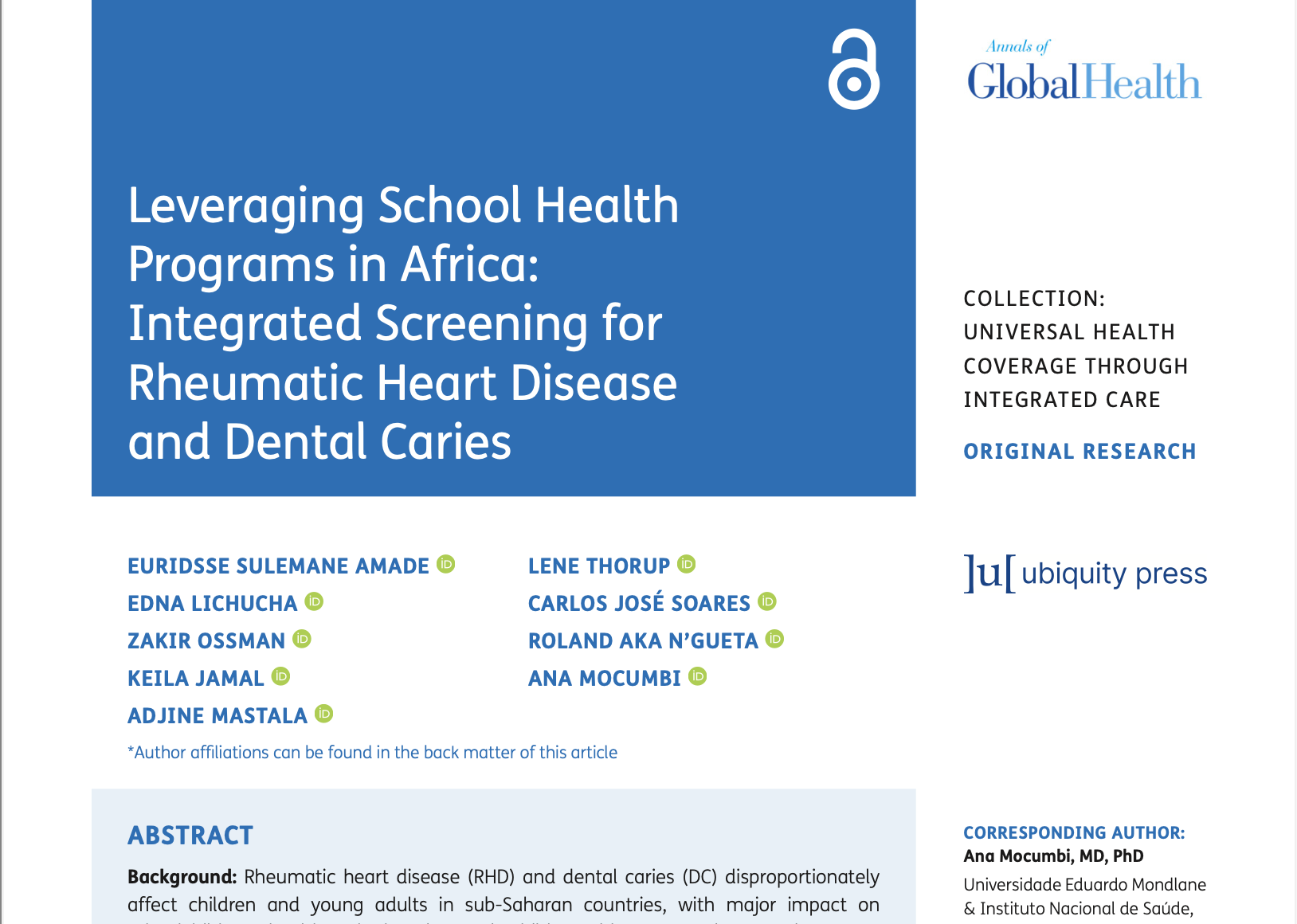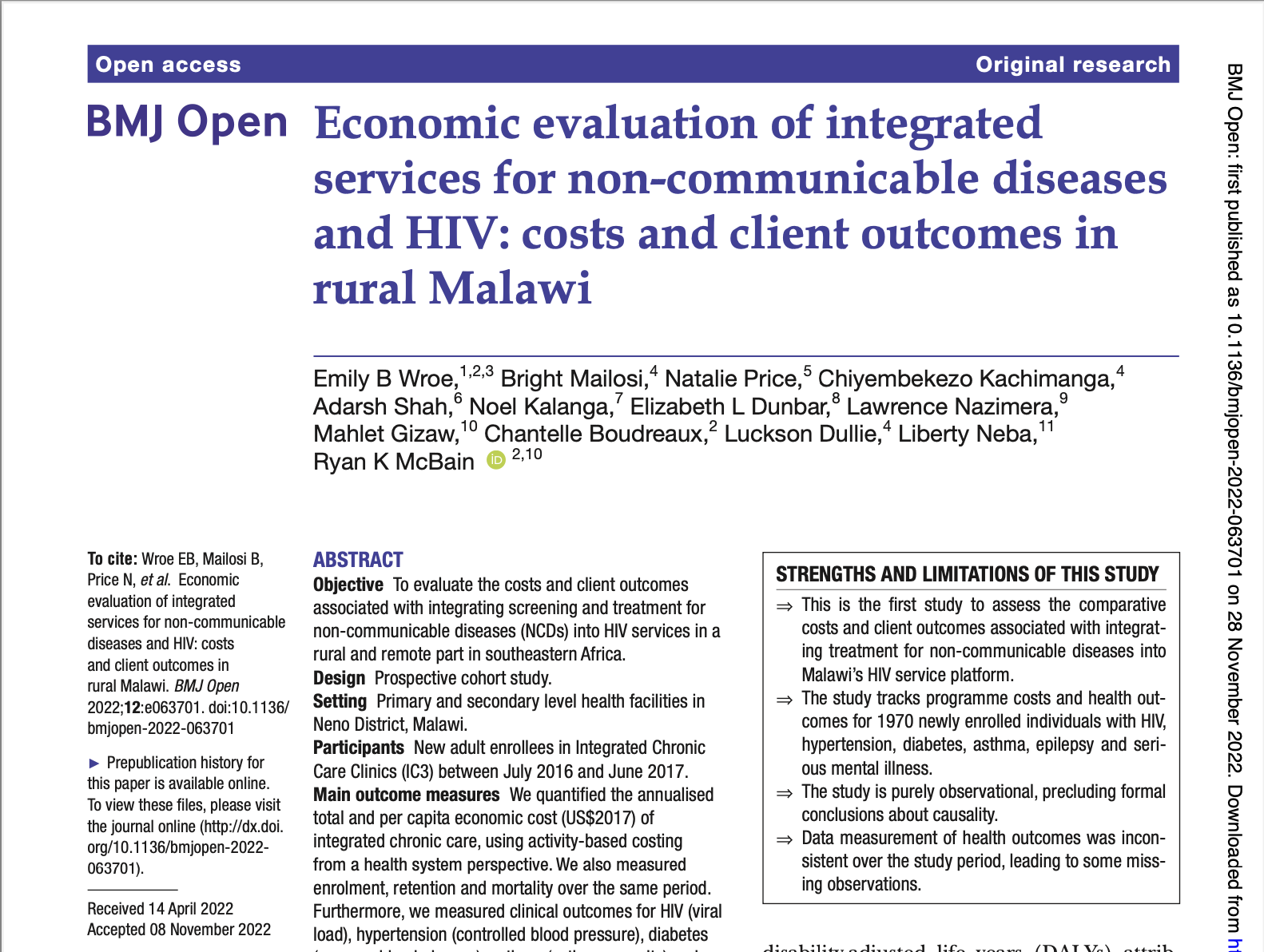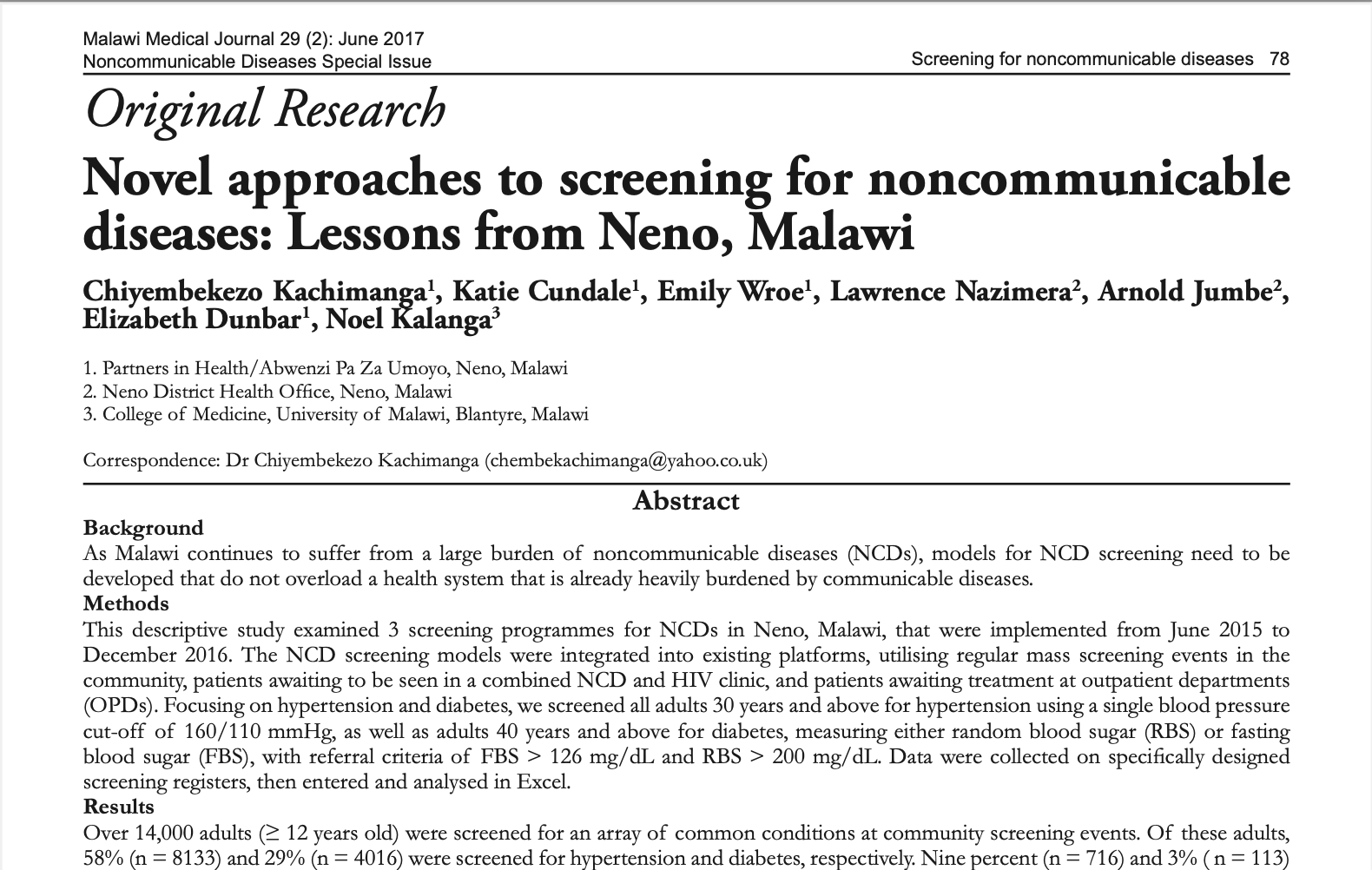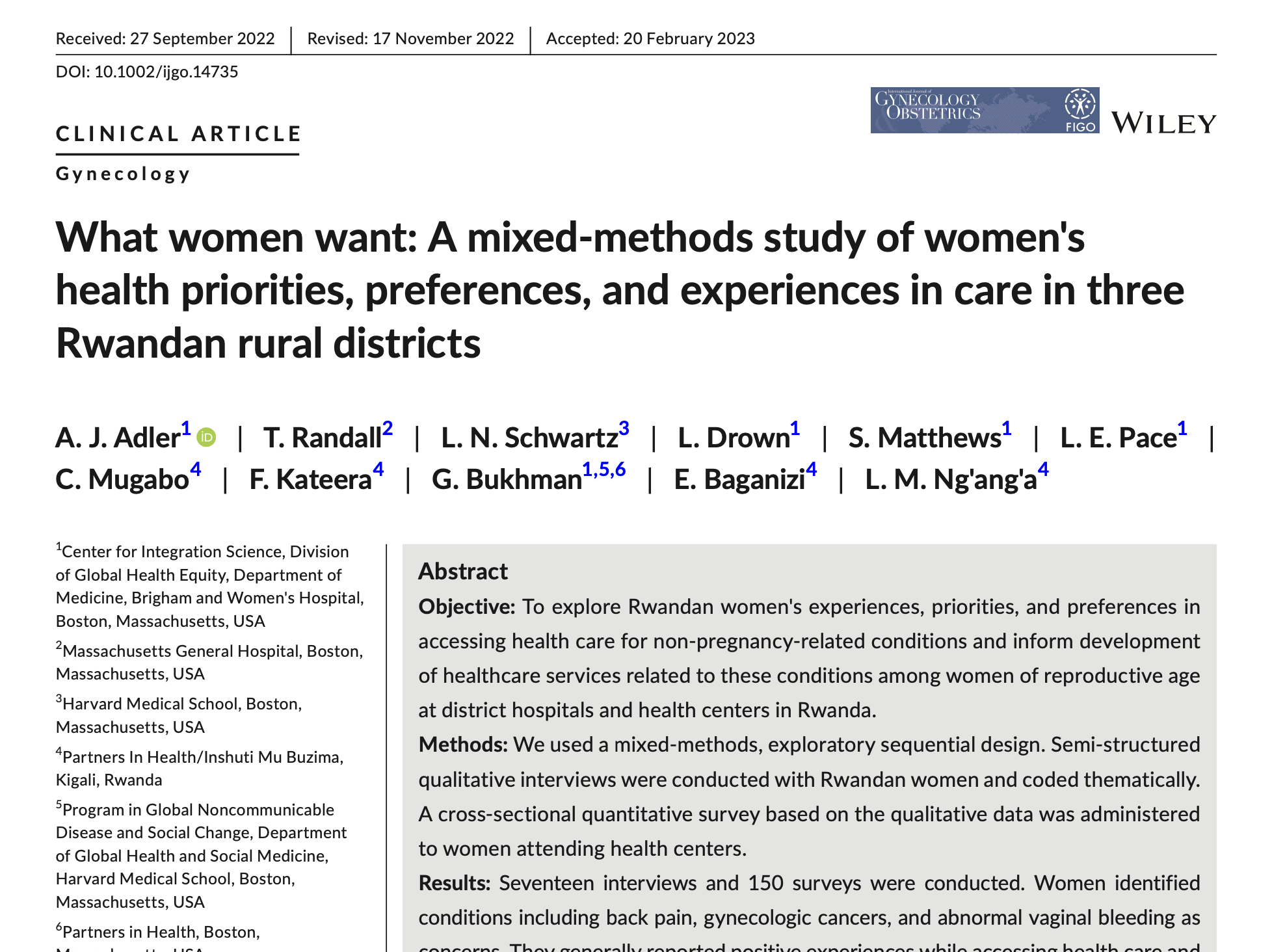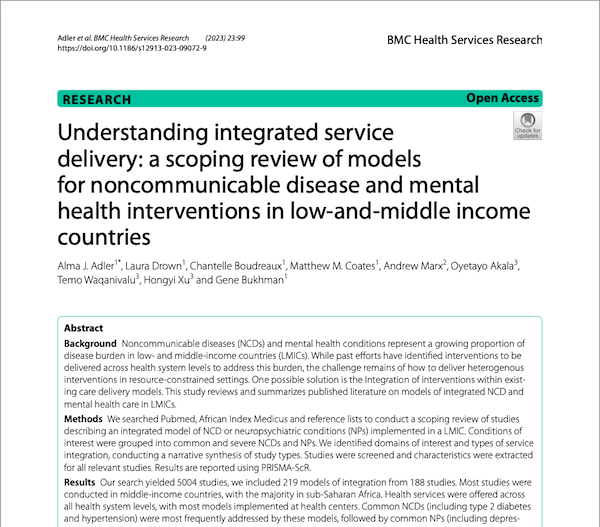Gene Bukhman, Ana O Mocumbi, Rifat Atun, Anne E Becker, Zulfiqar Bhutta, Agnes Binagwaho, Chelsea Clinton, Matthew M Coates, Katie Dain, Majid Ezzati, Gary Gottlieb, Indrani Gupta, Neil Gupta, Adnan A Hyder, Yogesh Jain, Margaret E Kruk, Julie Makani, Andrew Marx, J Jaime Miranda, Ole F Norheim, Rachel Nugent, Nobhojit Roy, Cristina Stefan, Lee Wallis, Bongani Mayosi†, for the Lancet NCDI Poverty Commission Study Group
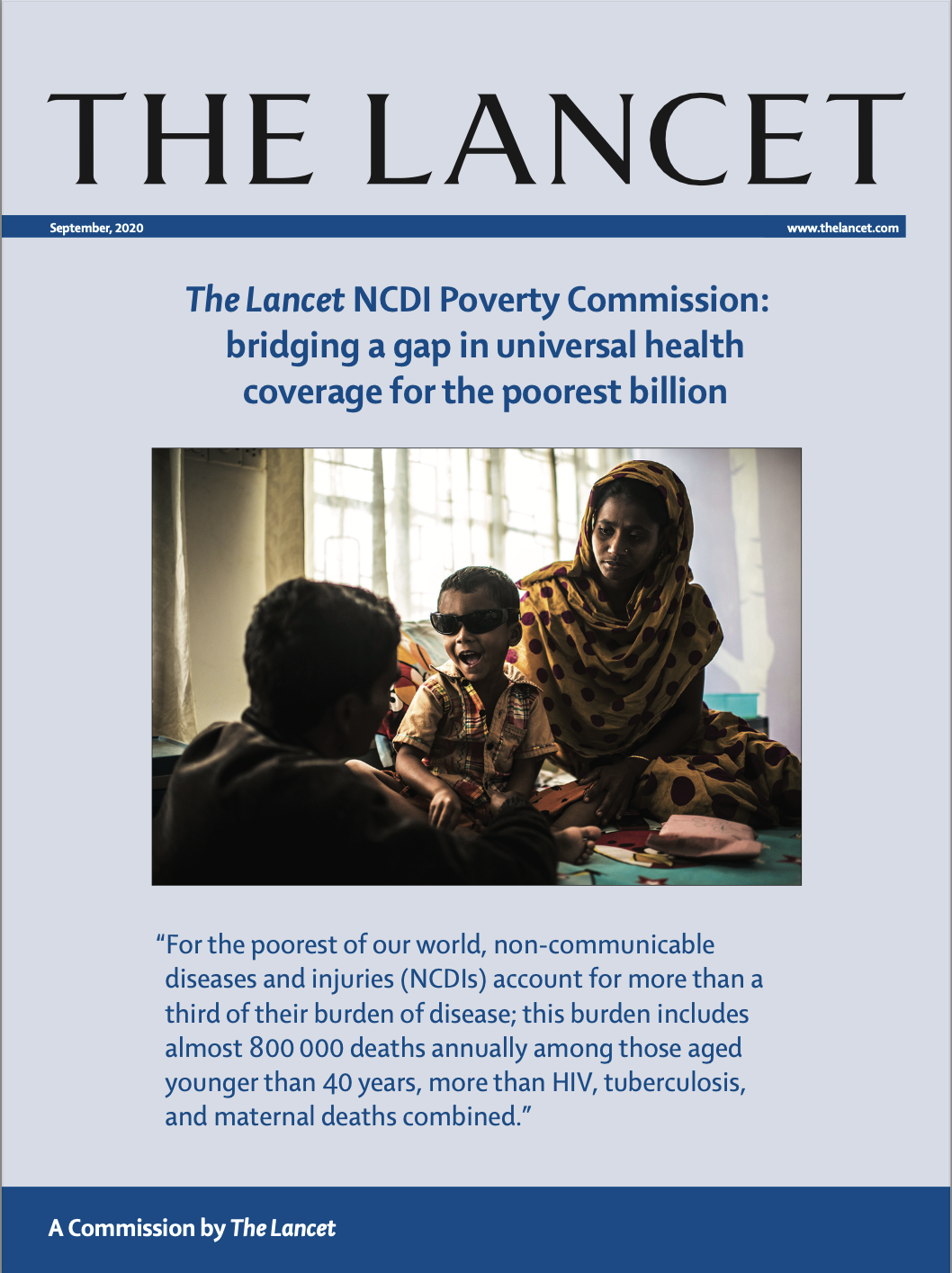
We live in an era of unprecedented global wealth. Nevertheless, about one billion people in low-income and lower-middle-income countries (LLMICs) still experience levels of poverty that have long been described as “beneath any reasonable definition of human decency”, in the words of former World Bank president, Robert McNamara. This Commission was formed at the end of 2015 in the conviction that non-communicable diseases and injuries (NCDIs) are an important, yet an under-recognised and poorly-understood contributor to the death and suffering of this vulnerable population. The aims of the Commission were to rethink global policies, mend a great disparity in health, and broaden the global health agenda in the interest of equity.
Beginning in 2016, this Commission organised a team of 23 clinicians, researchers, and policy practitioners into four working groups with these objectives: to learn about the scale and pattern of the NCDI burden among the poorest; to identify priority interventions and delivery strategies to address this burden; to consider gaps and opportunities for NCDI financing in the countries where the poorest billion live; and to better understand the history and current state of NCDI framing and governance within key global institutions and at national levels.
This Commission has identified a set of cost-effective and equitable interventions to address NCDI Poverty. Although global initiatives have largely focused on health behaviours, the interventions we have identified also have to be delivered through the health sector, including at secondary facilities (such as, district hospitals) to treat established disease. In section 2—integrating NCDI Poverty in UHC—we describe these interventions and show how they can be implemented at scale…. We find that health-sector interventions to address NCDI Poverty are diverse and require integration both within and across levels of the health system. We introduce the concept that delivery of these interventions through integrated care teams can help drive trans formative change to improve the quality of services in health systems.

